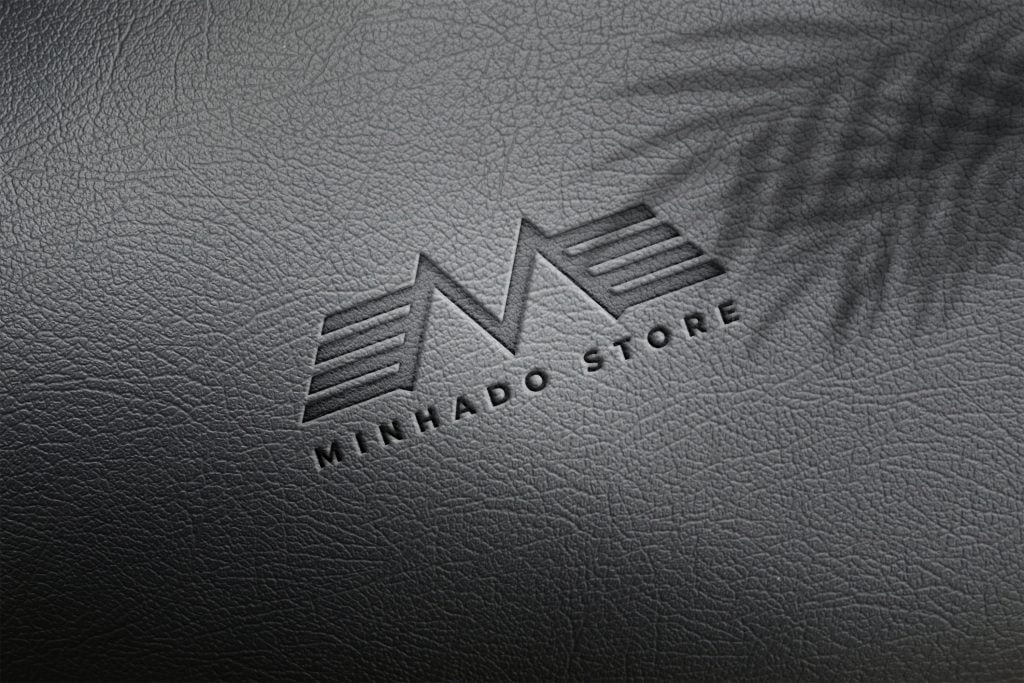Leatherworking is a time-honored craft that has been around for centuries. Among the many techniques used in leatherworking, leather embossing is a popular choice for leathercraft enthusiasts. The process involves creating a design or pattern on the surface of leather by pressing an embossing stamp onto it. This technique creates a three-dimensional effect that enhances the texture and overall appearance of the leather. In this article, we will explore what leather embossing is, its history, and how you can learn to emboss leather yourself.
#1 What is Leather Embossing?
Leather embossing is a decorative technique that involves imprinting a design onto the surface of leather using an embossing stamp and a mallet. The design can be anything from a simple pattern to a complex image, depending on the skill of the leatherworker. Embossed leather can be used for a variety of purposes, including book covers, wallets, belts, and other leather goods.
Leather embossing differs from other leatherworking techniques because it involves adding an element of depth to the leather surface. This is achieved by pressing the stamp into the leather with enough force to create a noticeable indentation. The result is a design that stands out from the rest of the leather surface.

The history of leather embossing can be traced back to ancient civilizations such as Egypt, where embossed leather was used for decorative purposes. The technique was also popular during the Middle Ages and the Renaissance, where it was used to decorate leather armor and book covers. Today, leather embossing is a popular technique among leatherworkers, and the designs and patterns that can be achieved are limited only by the skill and imagination of the crafter.
#2 How to Emboss Leather
Embarking on a leather embossing project may seem daunting at first, but with the right tools and techniques, it can be an enjoyable and rewarding experience. Here is a step-by-step guide on how to emboss leather:
Step 1: Choose your leather
Choose a piece of leather that is suitable for embossing. Vegetable-tanned leather is the best choice because it is firm and holds the embossed design well. Avoid using soft leather, as it may not hold the design as well and may distort over time.
Step 2: Prepare your tools
Gather your embossing tools, including an embossing stamp, a mallet, and some water. The water is used to moisten the leather and make it more pliable, which helps to create a more defined embossed design. It is also a good idea to have a hard surface to work on, such as a piece of granite or marble.
Step 3: Moisten the leather
Dampen the leather surface with water using a sponge or spray bottle. Make sure the leather is evenly moistened, but not soaked.
Step 4: Position the embossing stamp
Place the embossing stamp onto the leather in the desired position. Make sure it is centered and straight.
Step 5: Apply pressure
Hold the embossing stamp firmly in place with one hand and strike it with the mallet using the other hand. Apply enough force to create a noticeable indentation in the leather, but not so much that it tears or damages the leather.
Step 6: Repeat the process
Continue the process of positioning the stamp and striking it with the mallet until the entire design is complete. Make sure to overlap the stamp impressions slightly to create a cohesive design.
Step 7: Finish the leather
Once the embossing is complete, allow the leather to dry completely. You can also apply a leather finish or conditioner to protect the leather and enhance its appearance.
There are many different types of embossing stamps available, each with their own unique design and pattern. Some popular designs include floral motifs, geometric patterns, and animal prints. Experiment with different stamps and techniques to create your own unique designs.
#3 Tips for Successful Leather Embossing
Embarking on a leather embossing project can be challenging, but with a little practice and some helpful tips, you can achieve great results. Here are some tips for successful leather embossing:
– Choose the right leather: As mentioned earlier, vegetable-tanned leather is the best choice for embossing because it is firm and holds the design well. Avoid using soft leather, as it may not hold the design as well and may distort over time.
– Practice on scraps: Before embossing your final piece, practice on scraps of leather to get a feel for the process and experiment with different techniques.
– Use the right amount of water: Too much water can cause the leather to warp or stretch, while too little water can make it difficult to create a defined embossed design. It is important to find the right balance.
– Apply even pressure: When striking the embossing stamp with the mallet, make sure to apply even pressure to create a uniform design.
– Choose the right stamp: The embossing stamp you choose will determine the final design, so choose carefully. Experiment with different stamps to create unique designs.
#4 Conclusion
Leather embossing is a fun and creative way to enhance the appearance of leather goods. It is a popular technique among leathercraft enthusiasts, and with the right tools and techniques, anyone can learn to emboss leather. In this article, we have explored what leather embossing is, its history, and how to emboss leather. We have also provided some tips for successful embossing. We encourage you to try your hand at this time-honored craft and see what unique designs you can create!
The article you may like:)



